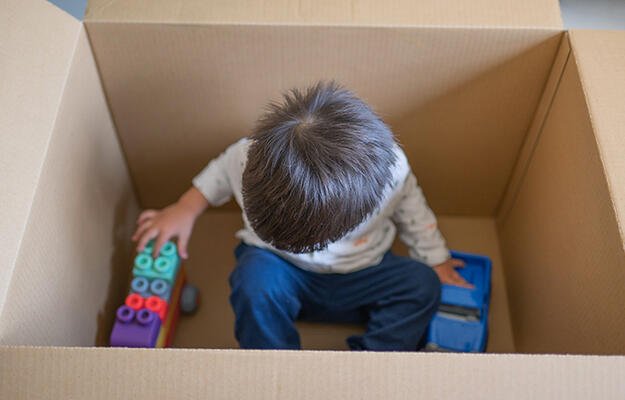
Did Premiums for School Quality Contribute to the Housing Bubble?
- Title:
- Did Premiums for School Quality Contribute to the Housing Bubble?
- Author:
-
Michael Insler, Kurtis Swope
- Source:
- Publication Date:
-
2016
When buying a home, the structure itself is just part of a bundle of goods that the buyer receives, not least of which are the neighborhood school options. Extensive research and the collective anecdotes of life concur that home buyers are willing to pay more for school quality. Economists from the U.S. Naval Academy examined whether the premium for school quality changed during the housing bubble of 2003 to 2006. Using American Housing Survey data representative of almost 13 million home sales from 2000 to 2009, the researchers examined home purchase prices, the size of the mortgage, buyers’ stated primary reason for the purchase, and other characteristics of the home, household, and neighborhood. Their findings suggest that the connection between neighborhoods and school quality may have contributed to the U.S. housing bubble.
Major findings:
- Home buyers primarily in search of good schools paid a higher premium compared to other buyers during the housing bubble of 2003 to 2006.
- During the bubble, home buyers paid 11.5 percent more when seeking school quality compared with those buying for other reasons.
- Compared with the pre-bubble period (2000 to 2002), school-seeking buyers during the bubble paid 17 percent more.
- When broken down by region, the pattern is statistically significant in the South and West.
- When verified using other methods, the estimated premium paid is even higher. Bubble era buyers seeking good schools paid as much as 14 to 16 percent more than those buying a home for other reasons. Prior to the bubble, the premium paid by school-seeking home buyers was 7 to 10 percent.


